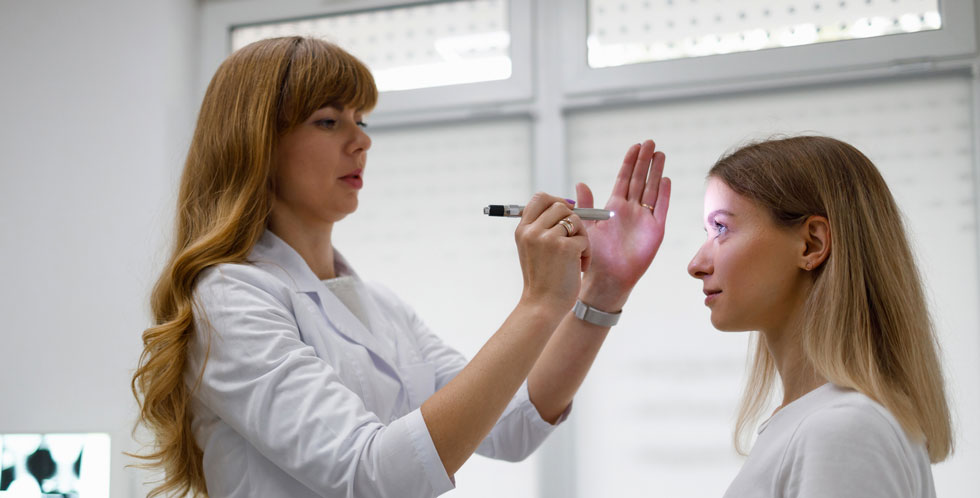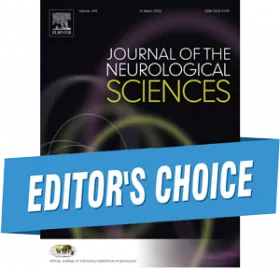
Authors: Edgar Carnero Contentti, Pablo A. Lopez, Juan Pablo Pettinicchi, Jimena Miguez, Liliana Patrucco, Edgardo Cristiano, Susana Liwacki, Verónica Tkachuk, María E. Balbuena, Carlos Vrech, Norma Deri, Jorge Correale, Mariano Marrodan, María C. Ysrraelit, Felisa Leguizamon, Geraldine Luetic, Darío Tavolini, Carolina Mainella, Gisela Zanga, Marcos Burgos, Javier Hryb, Andrés Barboza, Luciana Lazaro, Ricardo Alonso, Nora Fernández Liguori, Débora Nadur, Marina Alonso Serena, Alejandro Caride, Juan I. Rojas
Editor's Choice
Journal of the Neurological Sciences. REVIEW ARTICLE| VOLUME 462, 123099, July 15, 2024
DOI: https://doi.org/10.1016/j.jns.2024.123099
Highlights
-
We evaluated 120 NMOSD patients who experienced 250 relapses and received 248 treatments.
-
The most common treatment was IV methylprednisolone (78.6%), followed by plasmapheresis (16.9%).
-
Younger age and a short delay to start treatment were independent predictors of a “good” response.
Abstract
Aim
We aimed to assess the treatment strategies utilized in patients with neuromyelitis optica spectrum disorder (NMOSD) experiencing relapses, including their frequency, types, and response after 6 months based on the Expanded Disability Status Scale (EDSS) score.
Method
We conducted a retrospective study involving NMOSD patients from the Argentinean MS and NMOSD registry (RelevarEM, NCT 03375177). Treatment response at 6 months was categorized as “good” if the EDSS score decreased by ≥1 point after a nadir EDSS score ≤ 3, or by ≥2 points after a nadir EDSS score > 3, “poor” if the EDSS score decrease was slighter, and as “absent” if the EDSS score remained unchanged or worsened.
Results
We included 120 NMOSD patients (seropositive N = 75), who experienced 250 NMOSD-related relapses and received 248 treatments. At 6 months, complete recovery was achieved in 70/98 (71.4%) and 15/19 (79%) patients, respectively. Predictors of a “good” response in our regression model were a younger age at disease onset (OR:3.54, CI95% 2.45–5.01, p < 0.0001) and a short delay from onset of relapse to treatment initiation (OR:1.56, CI95% 1.22–2.13, p = 0.004).
Conclusion
Approximately two-thirds of patients experienced complete recovery, and younger age and a short delay to start treatment were independent predictors of a “good” response.








